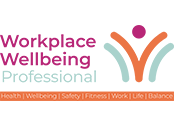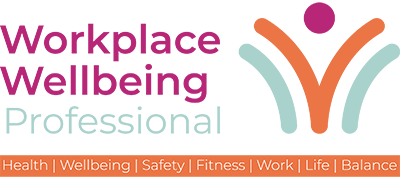HCML’s newly released corporate health and wellbeing report reveals that a lack of understanding of gender drivers in the workplace is negatively affecting workplace absence, according to the leading corporate health, wellbeing, and specialist rehabilitation and case management provider.
Over half of all those surveyed said they needed more support from their employer to improve their health and wellbeing. The gender split was clear when the participants were asked to define how they felt their employer could support their health and wellbeing.
- 29% of females cited wanting specific menopause support from their employers.
- 51% of females want help and support with weight issues as opposed to just 25.88% of men.
- 80% of men want help to improve their productivity at work.
The report highlights the need for gender data to be observed alongside and in conjunction with age data when it comes to managing workplace absence.
The report looked at how gender contributes to differing health and wellbeing needs in the workplace, and how employers that cater for these differences impacts the likelihood of employees staying in their roles and company. This has financial consequences for businesses. According to a report, workplace absence costs an average of £568 per employee, a figure that is likely to have increased as absence days have risen from 5.8 per employee, per year in 2019, to 7.8 in 2023.
The report found that over half of employees currently look after their health and wellbeing to help improve their mood and overall mental health, and this is more of a focus for women (56%) than men (49%).
Pamela Gellatly, strategic development director from HCML, says:
We know from recent research that 18-24 year olds experience more mental ill health than other age groups and that young women are more likely to experience common mental health disorders than men. It’s encouraging to see from our research that young women are interested in proactively looking after their health and wellbeing, as mental health can be more effectively managed through activity and good nutrition.
Pamela Gellatly, strategic development director, HCML
The HCML Corporate Health and Wellbeing report found that men and women want different things from their employers when it comes to their health.
Pamela explained that while workplace support has generally improved for female-focused heath concerns such as the menopause, there is little support for the health conditions that men face with ageing. For example, falling testosterone levels as men age can lead to low mood, poor concentration and short-term memory amongst other symptoms, which can impact on absence and presenteeism. These symptoms can be alleviated through nutrition support and strength and conditioning, enabling men to take control of improving their health.
The data gathered also suggests inconsistencies in what employers think are the best solutions to safeguard employee health and wellbeing and what employees feel would help support them.
For example, less than a third of employers offer some kind of nutritional support for their employers, despite nearly half of employees saying this is an important factor for them to look after their health and wellbeing.
The gender split drivers and needs are important findings in this data and they work alongside age factors. Whilst gender stereotyping is generally unhelpful, the differing needs of men and women contribute to health and wellbeing differences which are evident in the workplace. HCML data suggests a very real gender difference between what drives good health and wellbeing in the workplace.
Employers must understand that a one-size-fits-all approach to corporate healthcare is not sufficient in safeguarding a workforce. Age drivers are widely understood when it comes to workplace absence but the role that gender differences play must also be considered to better understand and offer solution-based care that improves and prevents workplace absence.
Joanne is the editor for Workplace Wellbeing Professional and has a keen interest in promoting the safety and wellbeing of the global workforce. After earning a bachelor's degree in English literature and media studies, she taught English in China and Vietnam for two years. Before joining Work Well Pro, Joanne worked as a marketing coordinator for luxury property, where her responsibilities included blog writing, photography, and video creation.



